Google Pixel 6 review: The Clark Kent of smartphones
This phone doesn’t stand out from the pack – and that’s a good thing
-
+
Unique design
-
+
Capable performance
-
+
Smart AI features
-
-
Disappointing battery life

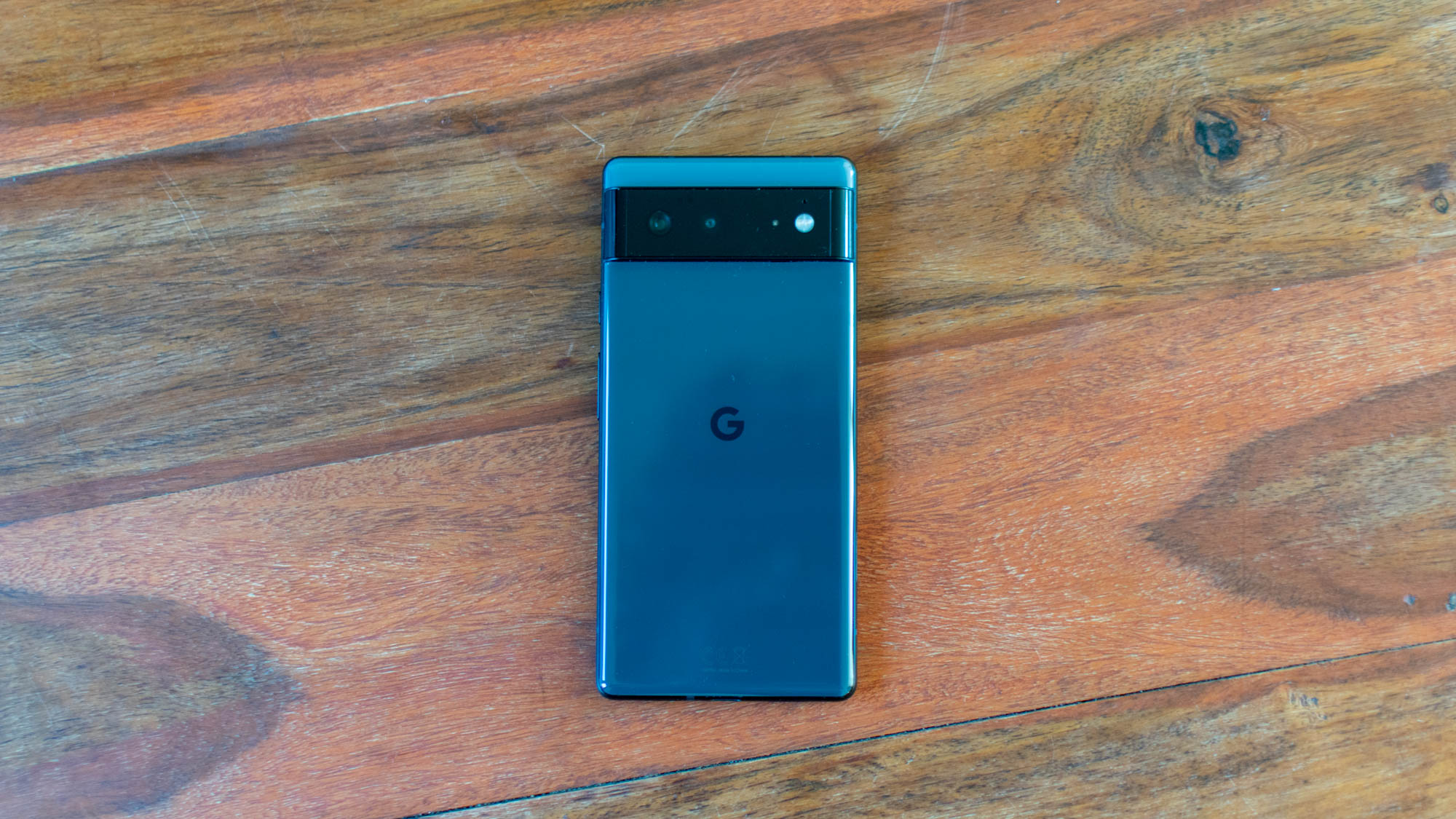
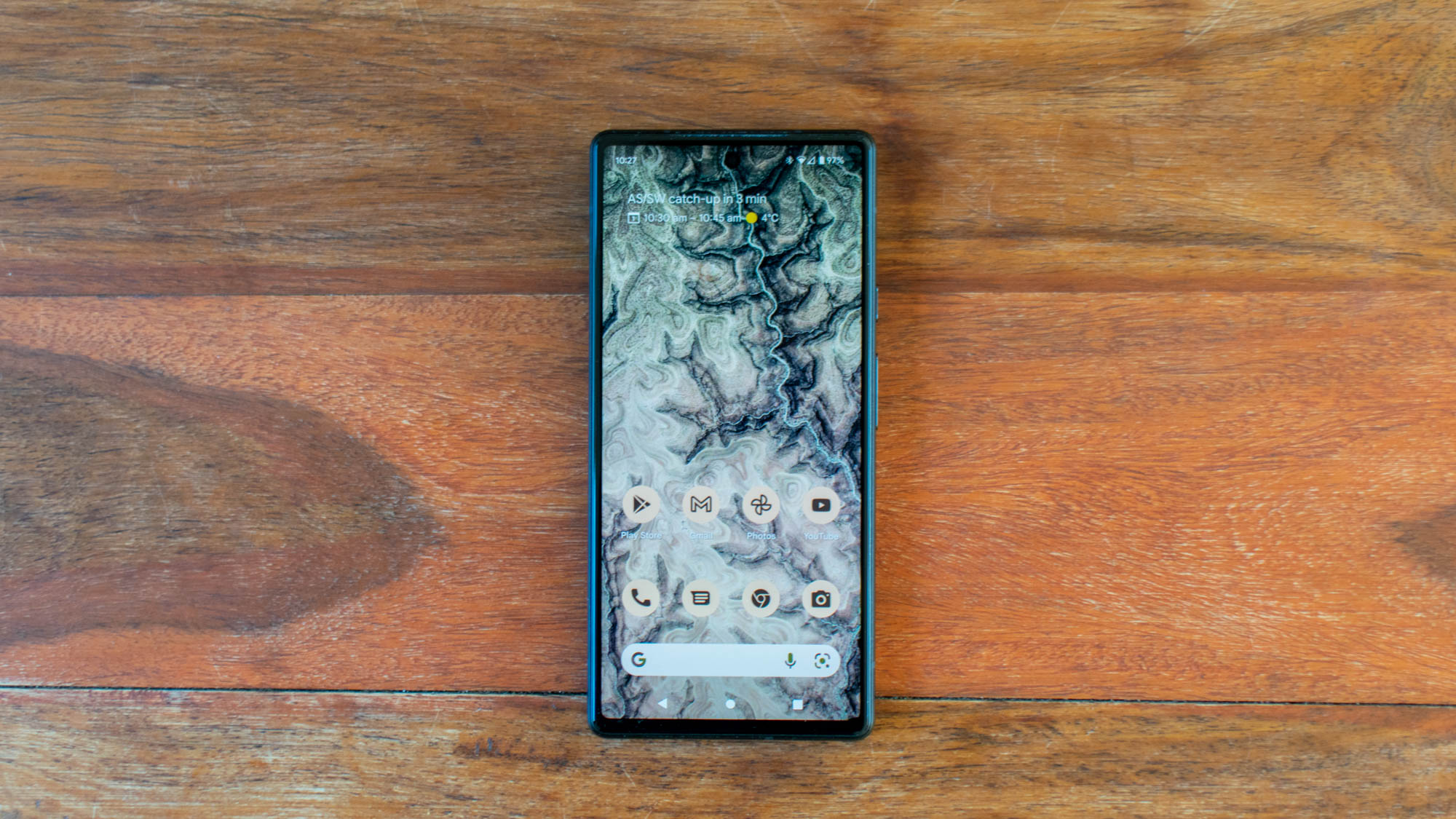
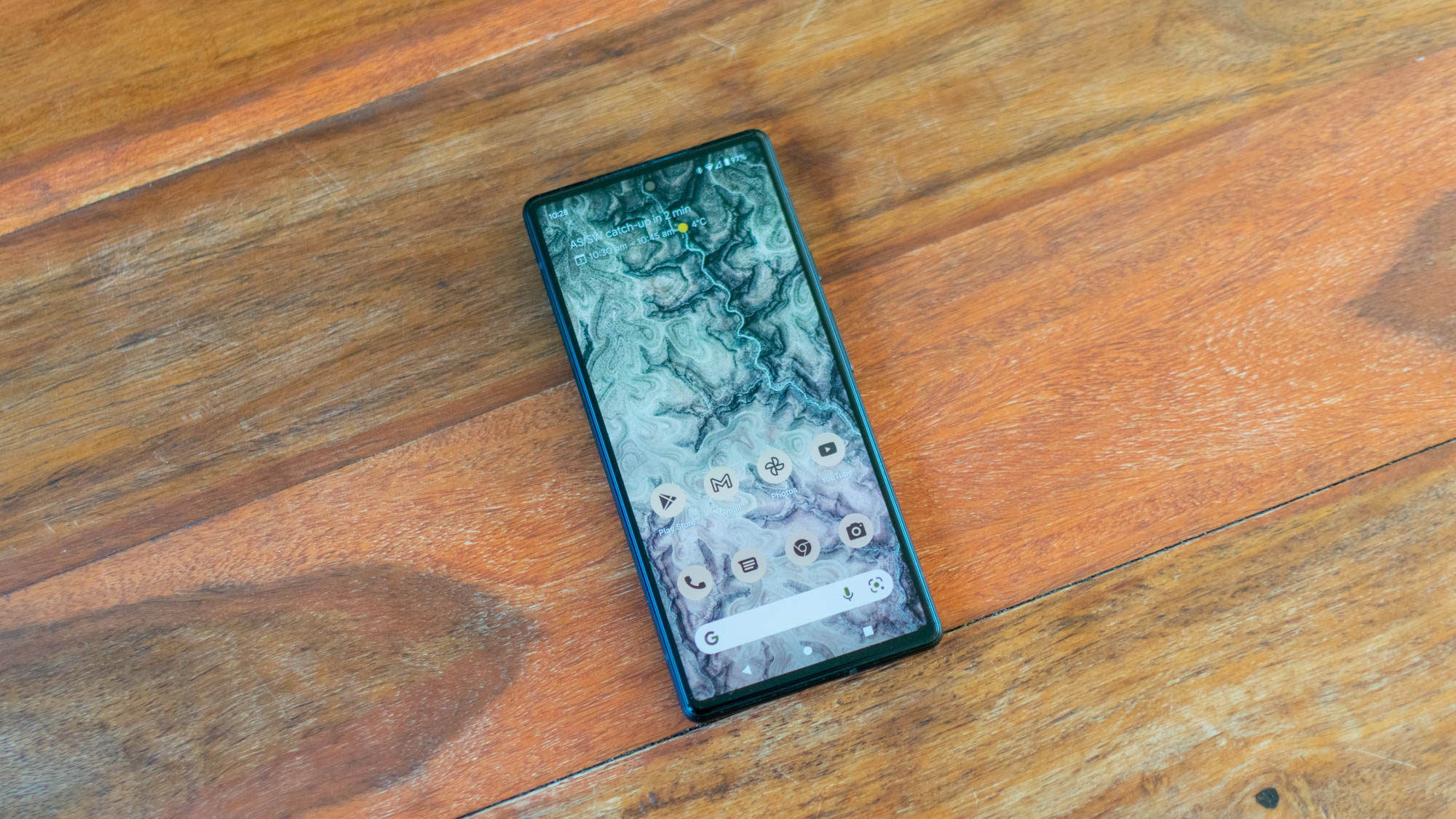
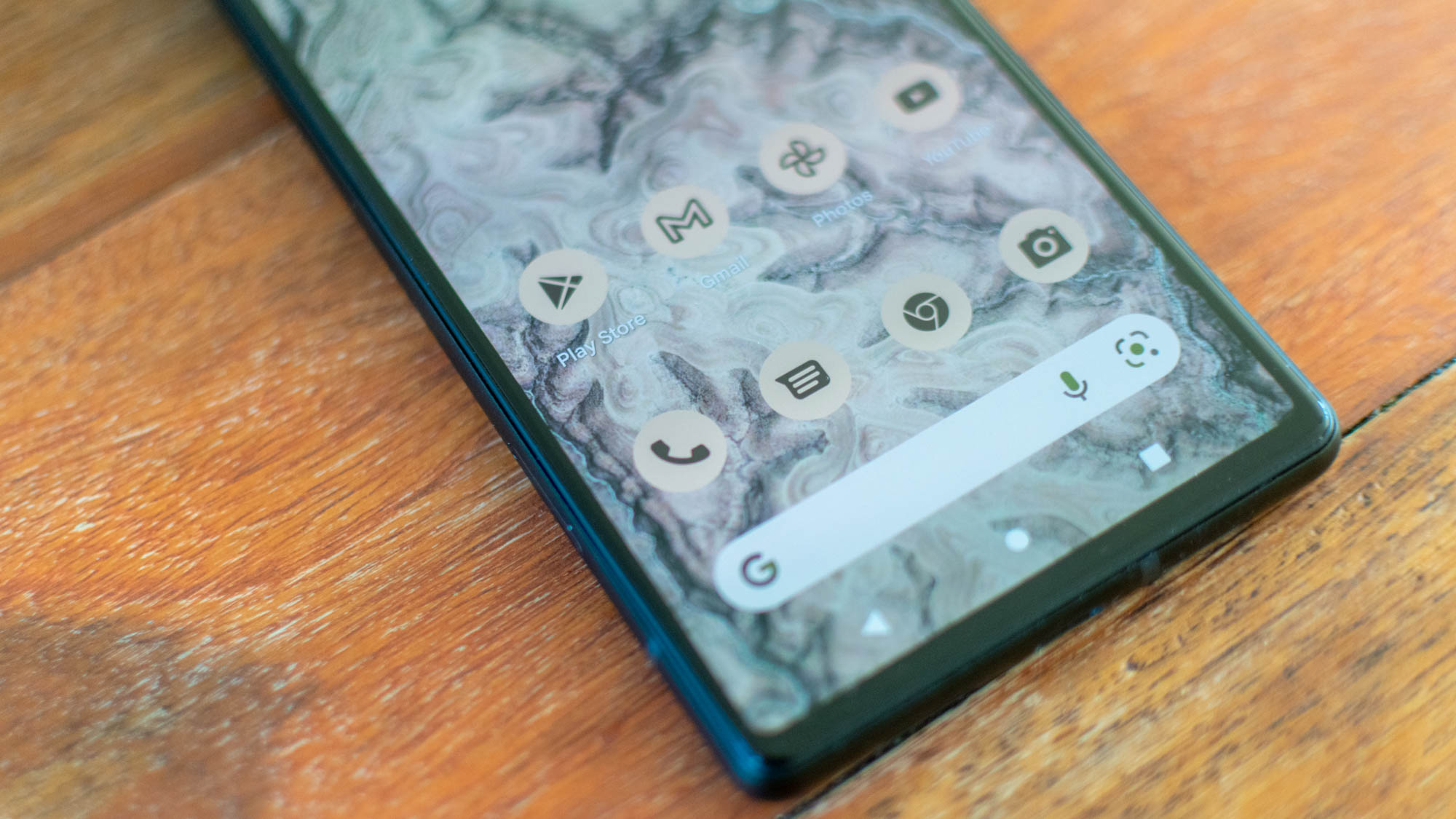
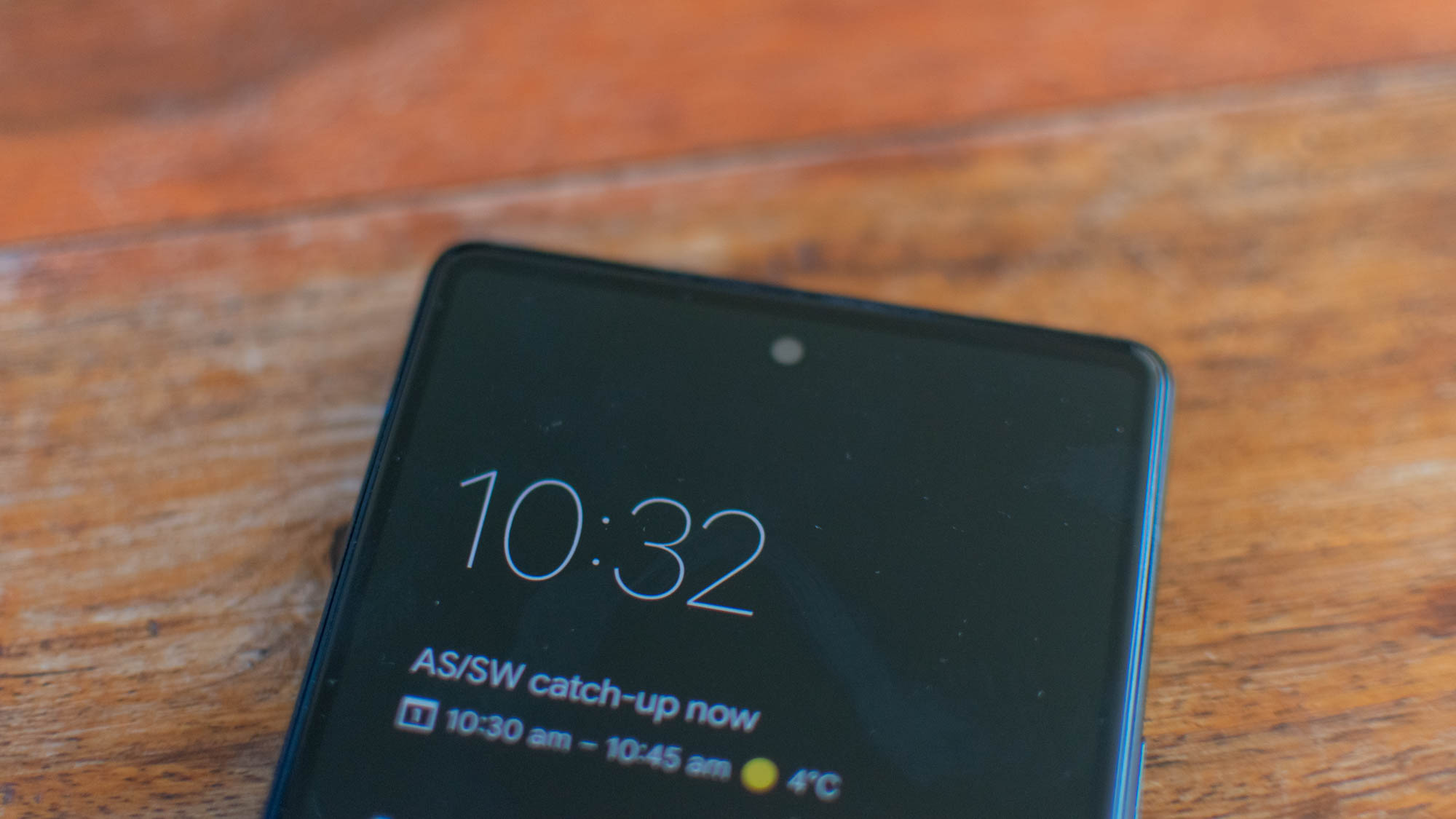
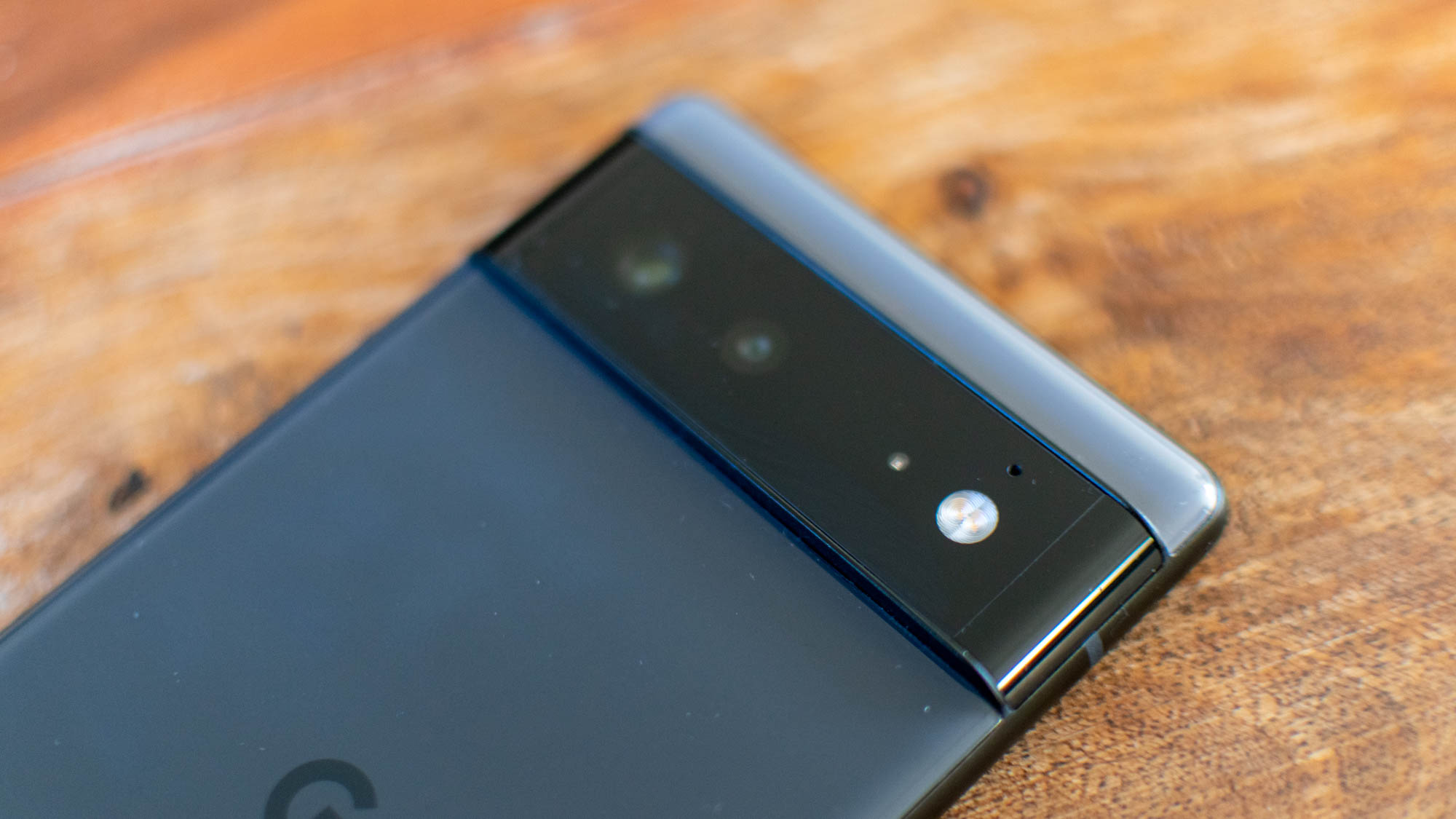
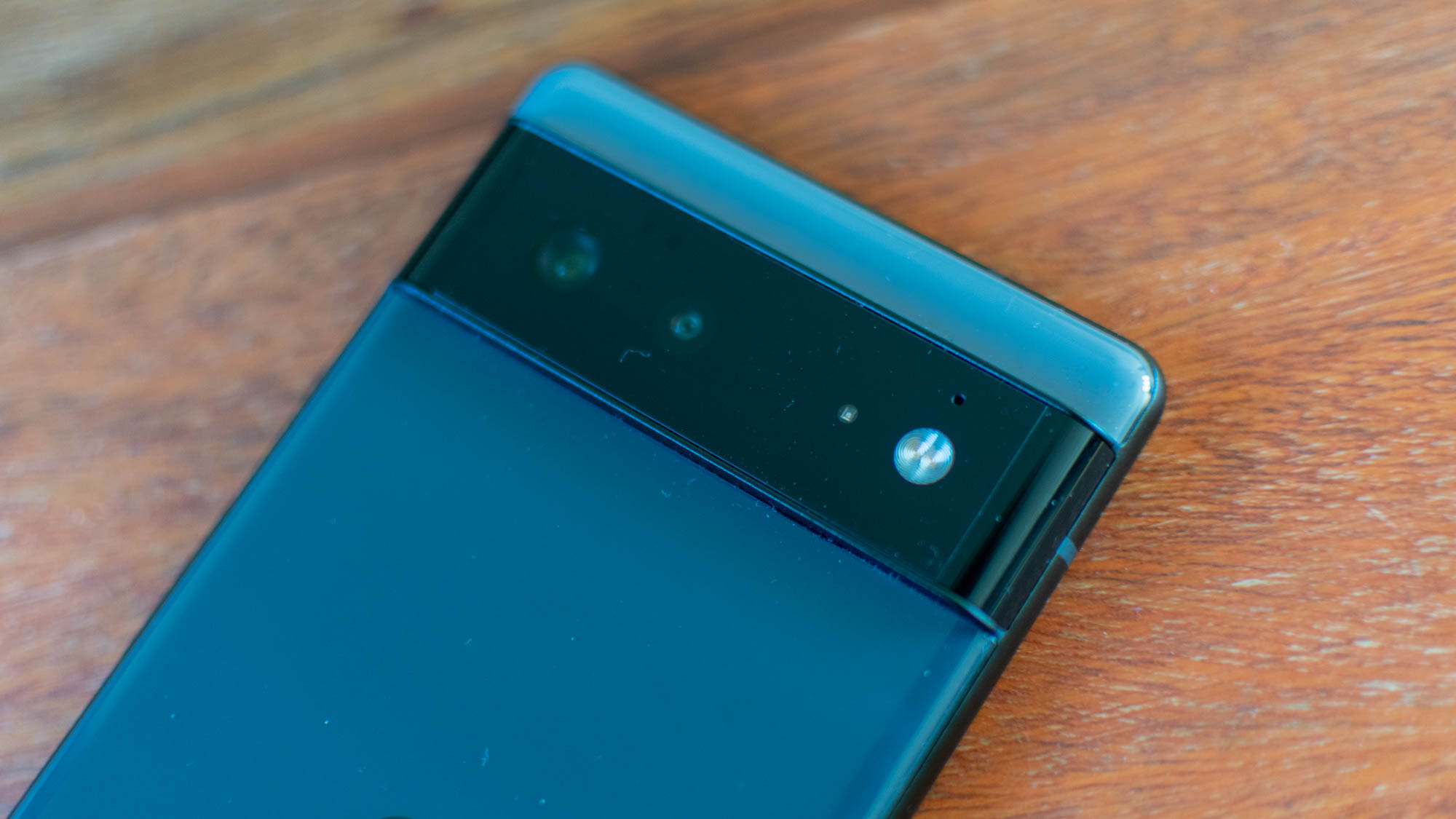
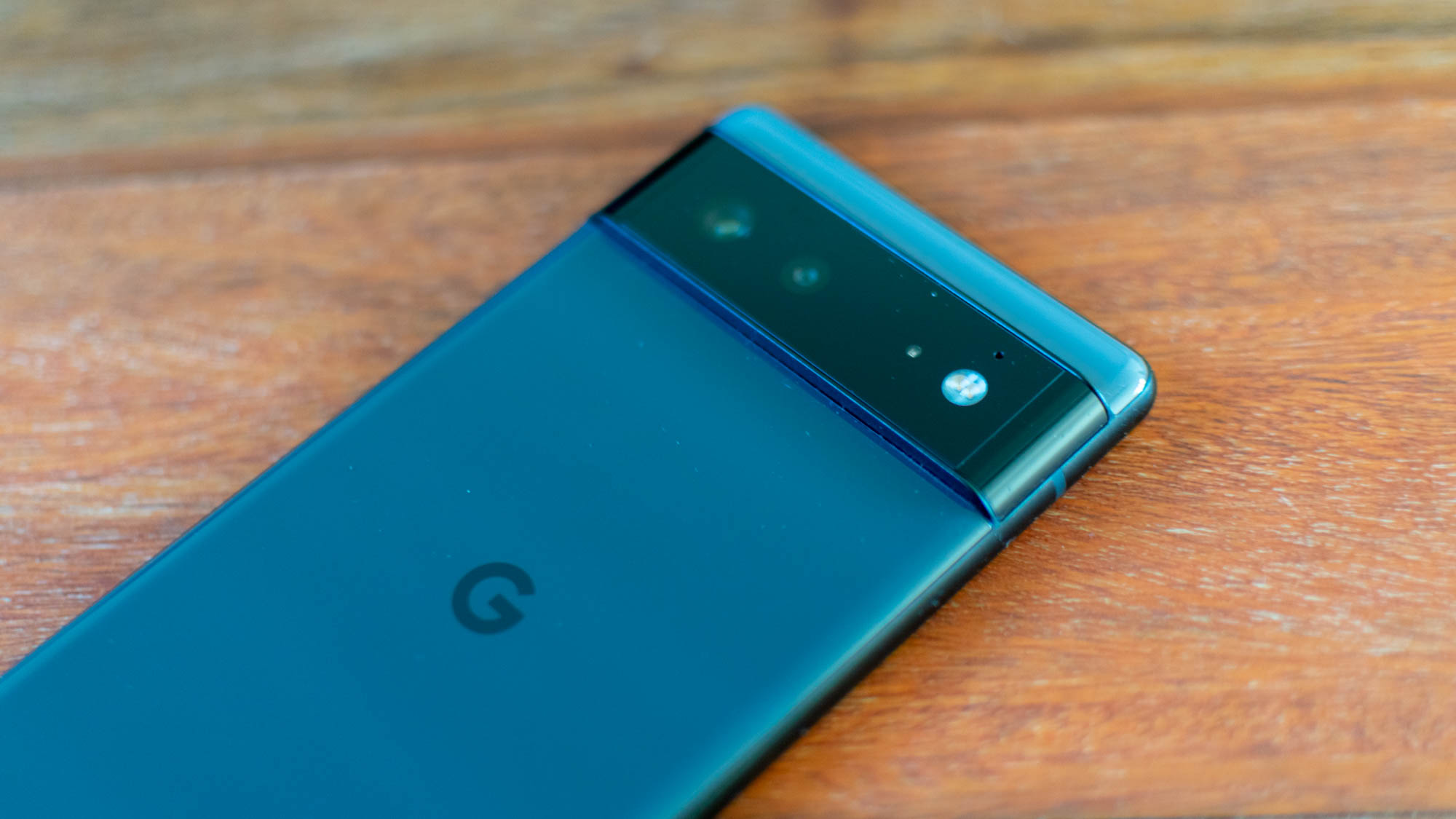
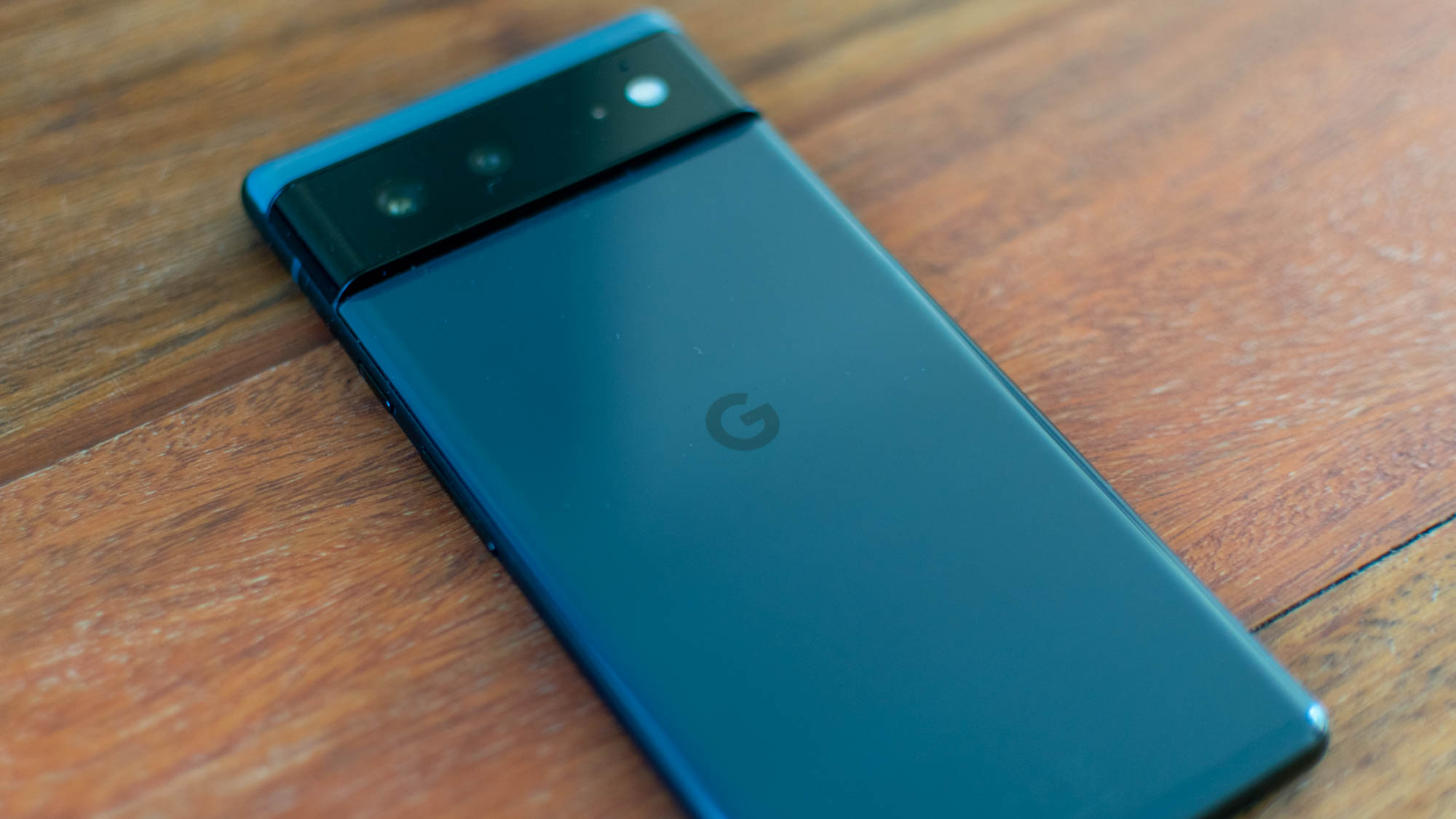
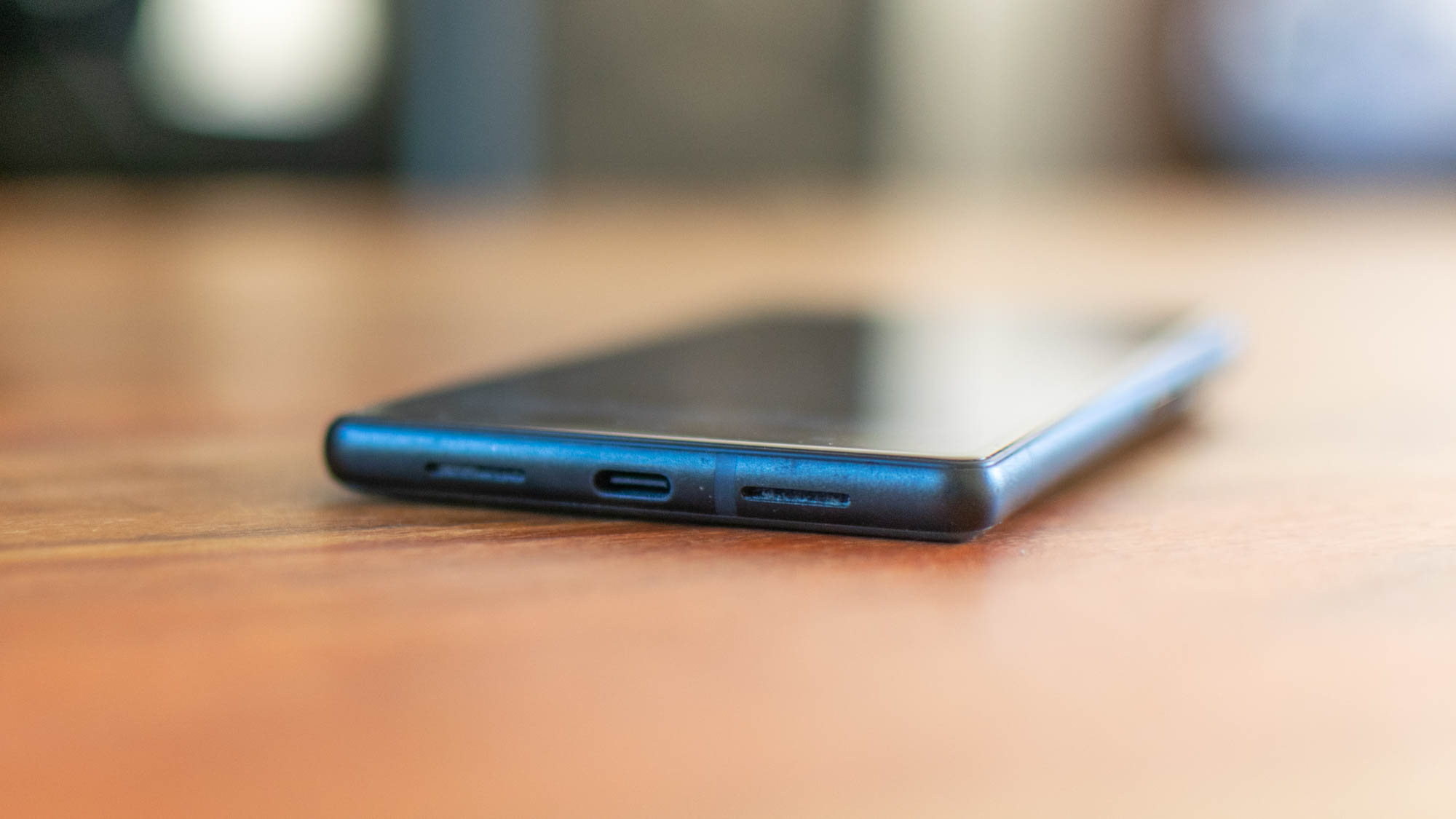
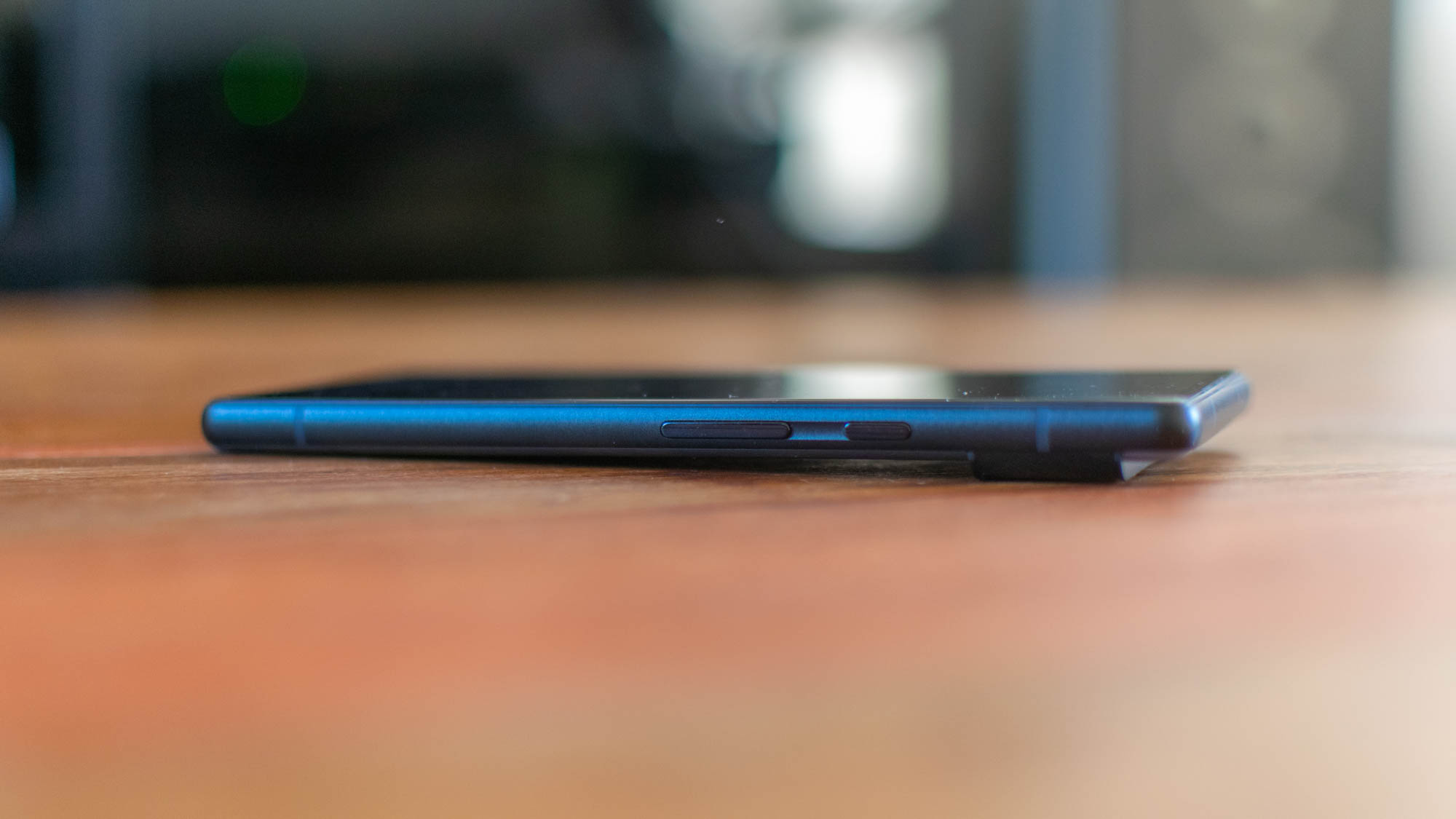
One can accuse Google of being many things, but ‘predictable’ is rarely one of them. Its latest flagship smartphone has shaken things up in a number of ways; firstly in its looks, but more importantly by being the first product to use Google’s new custom-made Tensor processor, rather than a Snapdragon chip.
The search giant claims this is the smartest Pixel ever, but it’s the kind of intelligence that keeps to the background and only reveals itself under specific circumstances, like at a pub quiz. Most of the time, the Pixel 6 is a highly competent yet relatively unassuming device – but it’s laced with flashes of brilliance that belie its true nature.
Google Pixel 6 review: Design
Straight out of the gate, the Pixel 6 sets itself apart from its predecessor with a design that’s about as unique as it’s possible for a mainstream phone to be. While everything looks fairly straightforward from the front, flip it over and you’ll find the back bisected by a whopping great bar. This is where Google has put the camera array, and, while it may look a little odd at first, we were quickly charmed by it. It gives the phone a vaguely sci-fi aesthetic, sort of like Robocop by way of Geordi LaForge.
It’s available in three colours – Stormy Black, Sorta Seafoam and Kinda Coral – all of which have a two-tone palette, separated by the camera bar. They’re all attractive in different ways, but the black version is the most subtle, and to our eyes, the most business-friendly.
The other thing that stands out about the Pixel 6’s construction is how chunky it is compared to its predecessor. Google lists the phone’s thickness as 8.9mm, which is already more than most other flagships on the market, but that’s not including the camera bar, which pushes it to just over 1cm. Combined with a weight of 207g, it makes the Pixel 6 one of the meatiest specimens around.

By contrast, the Pixel 5 was 2mm thinner and more than 50g lighter, and Samsung’s Galaxy S21 is similarly svelte compared to this device. The phone still feels pleasant enough in the hand, though, and we never felt like it was unwieldy or cumbersome, even with a case on it. In fact, with Corning’s Gorilla Glass Victus on the front and Gorilla Glass 6 covering its rear, you may not even feel a case is necessary.
Google Pixel 6 review: Display
The construction might have its quirks, but we have no qualms about the display. The 6.4in OLED panel is exemplary, and the 1,080 x 2,400 FHD+ resolution ensures images look crisp without unnecessarily sucking up battery power. As well as support for HDR and 24-bit colour, it includes a maximum refresh rate of 90Hz, and just like the OnePlus 9 Pro, this intelligently changes based on what you’re doing – another battery-saving feature. It can’t quite match the Samsung Galaxy S21’s 120Hz refresh rate, though; you’ll need the more expensive Pixel 6 Pro for that.
The display’s technical quality is equally impressive. The Pixel 6 has three distinct colour modes – natural, adaptive and boosted – all of which covered more than 90% of the sRGB colour gamut. The adaptive and natural settings had the best coverage with 98%, but colours look rich and deep across the board and content is a joy to behold. Natural mode is best for colour accuracy, funnily enough, with an average Delta E of 1.3, although you’re unlikely to be using this for any professional-grade video editing. The maximum brightness of 478cd/m2 is also more than adequate for brightly-lit conditions, even if it can’t keep up with the S21’s 866cd/m2 result.
Google Pixel 6 review: Hardware and specs
The phone is powered by Google’s homebrew Tensor chip, a 5nm octacore model that’s been custom-tailored to support a variety of snazzy AI and machine learning capabilities, mostly focused on the camera. It’s backed up by 8GB of RAM and 128GB of storage, but while we won’t delve into the engineering of the chip itself, Google has clearly made a decent fist of it.
According to its Geekbench 5 test results – 1,040 for single-core performance and 1,864 for multi-core – it significantly outrstrips its predecessor’s performance, and single-core speeds keep pace with the Samsung Galaxy S21. Admittedly, Samsung’s flagship pulls ahead in the multi-tasking tests, but that’s not necessarily a dealbreaker, as modern phones have much more performance headroom than the average user needs anyway.

In short, performance is everything you’d expect it to be, even when using the fancy new machine learning features. It’s not all rosy, however. The battery life was distinctly disappointing, which came as a surprise given its result of 19hrs 44mins in our video playback test more than keeps up with the competition. Many of Google’s AI enhancements, too, are designed to quietly improve battery performance.
Despite this, we frequently found ourselves having to top up the 4,600mAh battery towards the end of the day, and it even died on us altogether on a few occasions. That’s frustrating in and of itself, and it also led to a particular irritation – but more on that later.
Google Pixel 6 review: Features
The Pixel range has historically been a testing-ground for Google to flex its AI muscles, and the Pixel 6 is stuffed to the gills with intelligent features of varying usefulness. Among the less practical is a ‘smart themes’ feature, which automatically changes the colour scheme of your phone’s UI elements to match your wallpaper. While it’s as far from necessary as it’s possible to be, this feature is nevertheless aesthetically pleasing, and pairs nicely with the Pixel’s built-in wallpapers, which can be set to change on a daily basis.
What’s more essential (albeit in an abstract way) is the Titan M2 security co-processor, which works with the security core of the Tensor chip on protections such as secure boot and key encryption. It’s helpful for ensuring peace of mind about your corporate data, especially in an age where threats are becoming more and more prevalent.
It’s a shame, then, that one of the phone’s core security protections is so problematic. The under-display fingerprint reader (which is a first for the series) often seems to require a few attempts before it unlocks the device, and the interaction takes a bit of getting used to. When the screen is locked, double-tapping the screen brings up the passcode entry, rather than prompting the fingerprint reader, which makes a change from most other Android devices.

Google has issued a number of updates aimed at fixing the fingerprint reader, but we ran into one particularly infuriating bug which occasionally disables the fingerprint reader if the battery fully depletes, requiring a complete factory reset to fix. This is annoying enough but, as mentioned above, the Pixel 6’s lacklustre battery life makes it an even greater issue.
Software aside, there’s the usual suite of added extras on show, including wireless charging and fast-charging, which will deliver around 50% charge in 30 minutes or up to 80% charge in around an hour. There’s also support for Wi-Fi 6, 5G and 6G, NFC and Bluetooth 5.2, as well as IP68 water and dust resistance.
Google Pixel 6 review: Camera
As noted above, the camera is where most of Google’s AI wizardry is focused, and the results speak for themselves. The dual-lens setup – which consists of a 12MP ultrawide lens and a 50MP main camera – works well to capture fine detail even in low-light conditions, and the software remains as effective as ever at rendering colours naturally. Google has also worked to make the Pixel 6 better at accurately capturing a range of skin tones.
Google prioritises the ‘point and shoot’ experience, so most of the new improvements are carried out automatically behind the scenes, invisibly applying features like HDR and its new ‘Face Unblur’ tool to subtly tweak photos for the best result. Existing features like Night Sight, portrait mode and Top Shot are all well-signposted and well implemented, but the Pixel 6 camera’s most impressive new feature is bizarrely easy to miss.
The much-touted ‘Magic Eraser’ tool is among the newest AI-powered enhancements and allows you to instantly remove objects from photographs, be they an unwanted photobomber or an unappealing building in the background. To access it, you’ll need to open up a photo, select the ‘edit’ option, scroll over to the ‘tools’ menu, and then select Magic Eraser.

It may be a bit of a chore to access, but once you’ve found it, you’ll be captivated for hours. Once you’ve launched the function, it’ll analyse the photo and suggest objects to remove, which you can then tap to get rid of – or you can circle objects to select them yourself. This feature works amazingly well, although it’s not perfect. It struggles with backgrounds that are particularly busy, and you can often spot some unnatural artifacting where objects have been removed – but it’s incredibly impressive for an automatic process performed on the fly.
There’s also the usual suite of video features, including support for 4K at up to 60fps, slow-mo at up to 240fps and ‘cinematic pan’, as well as optical image stabilisation, video stabilisation and upto 7x digital zoom – although you won’t get optical zoom unless you splash out for the Pixel 6 Pro.
Google Pixel 6 review: Verdict
There are few aspects of the Pixel 6 we can call out as particularly impressive. That isn’t the damning indictment it sounds like, though; the reason no one element stands out above the others is that most of its constituent parts have been polished to a mirror shine. The smart background features, attractive display and sophisticated camera all come together to create a device which quietly excels at almost everything you’d ask a smartphone to do.
The one glaring exception is the troublesome battery life, which is the sole dent in the Pixel 6’s otherwise unblemished record. It’s frustrating, but ultimately not enough to dampen our enthusiasm for one of the most well put together smartphones we’ve seen in a long time. It may not be particularly flashy, but the Google Pixel 6 is a do-it-all device that really delivers.
Google Pixel 6 specifications
| Processor | Google Tensor |
| RAM | 8GB |
| Screen | 6.4in 1080x2400 OLED display, 90Hz |
| Front camera | 8-megapixel (f/2.0) |
| Rear camera | 50-megapixel wide-angle (f/1.85), 12-megapixel ultra wide-angle (f/2.2) |
| Dust and water resistance | IP68 |
| 3.5mm headphone jack | N/A |
| Wireless charging | Yes |
| USB connection type | USB-C |
| Storage options | 128GB |
| Memory card slot (supplied) | N/A |
| Wi-Fi | Wi-Fi 6e |
| Bluetooth | Bluetooth 5.2 |
| NFC | Yes |
| Cellular data | 5G |
| Dual SIM | Nano-SIM, eSIM |
| Dimensions (WDH) | 75 x 9 x 159 mm |
| Weight | 207g |
| Operating system | Android 12 |
| Battery size | 4614mAh |
Get the ITPro daily newsletter
Sign up today and you will receive a free copy of our Future Focus 2025 report - the leading guidance on AI, cybersecurity and other IT challenges as per 700+ senior executives
Adam Shepherd has been a technology journalist since 2015, covering everything from cloud storage and security, to smartphones and servers. Over the course of his career, he’s seen the spread of 5G, the growing ubiquity of wireless devices, and the start of the connected revolution. He’s also been to more trade shows and technology conferences than he cares to count.
Adam is an avid follower of the latest hardware innovations, and he is never happier than when tinkering with complex network configurations, or exploring a new Linux distro. He was also previously a co-host on the ITPro Podcast, where he was often found ranting about his love of strange gadgets, his disdain for Windows Mobile, and everything in between.
You can find Adam tweeting about enterprise technology (or more often bad jokes) @AdamShepherUK.
-
 ‘Phishing kits are a force multiplier': Cheap cyber crime kits can be bought on the dark web for less than $25 – and experts warn it’s lowering the barrier of entry for amateur hackers
‘Phishing kits are a force multiplier': Cheap cyber crime kits can be bought on the dark web for less than $25 – and experts warn it’s lowering the barrier of entry for amateur hackersNews Research from NordVPN shows phishing kits are now widely available on the dark web and via messaging apps like Telegram, and are often selling for less than $25.
By Emma Woollacott Published
-
 Redis unveils new tools for developers working on AI applications
Redis unveils new tools for developers working on AI applicationsNews Redis has announced new tools aimed at making it easier for AI developers to build applications and optimize large language model (LLM) outputs.
By Ross Kelly Published
-
 Google layoffs continue with "hundreds" cut from Chrome, Android, and Pixel teams
Google layoffs continue with "hundreds" cut from Chrome, Android, and Pixel teamsNews The tech giant's efficiency drive enters a third year with devices teams the latest target
By Bobby Hellard Published